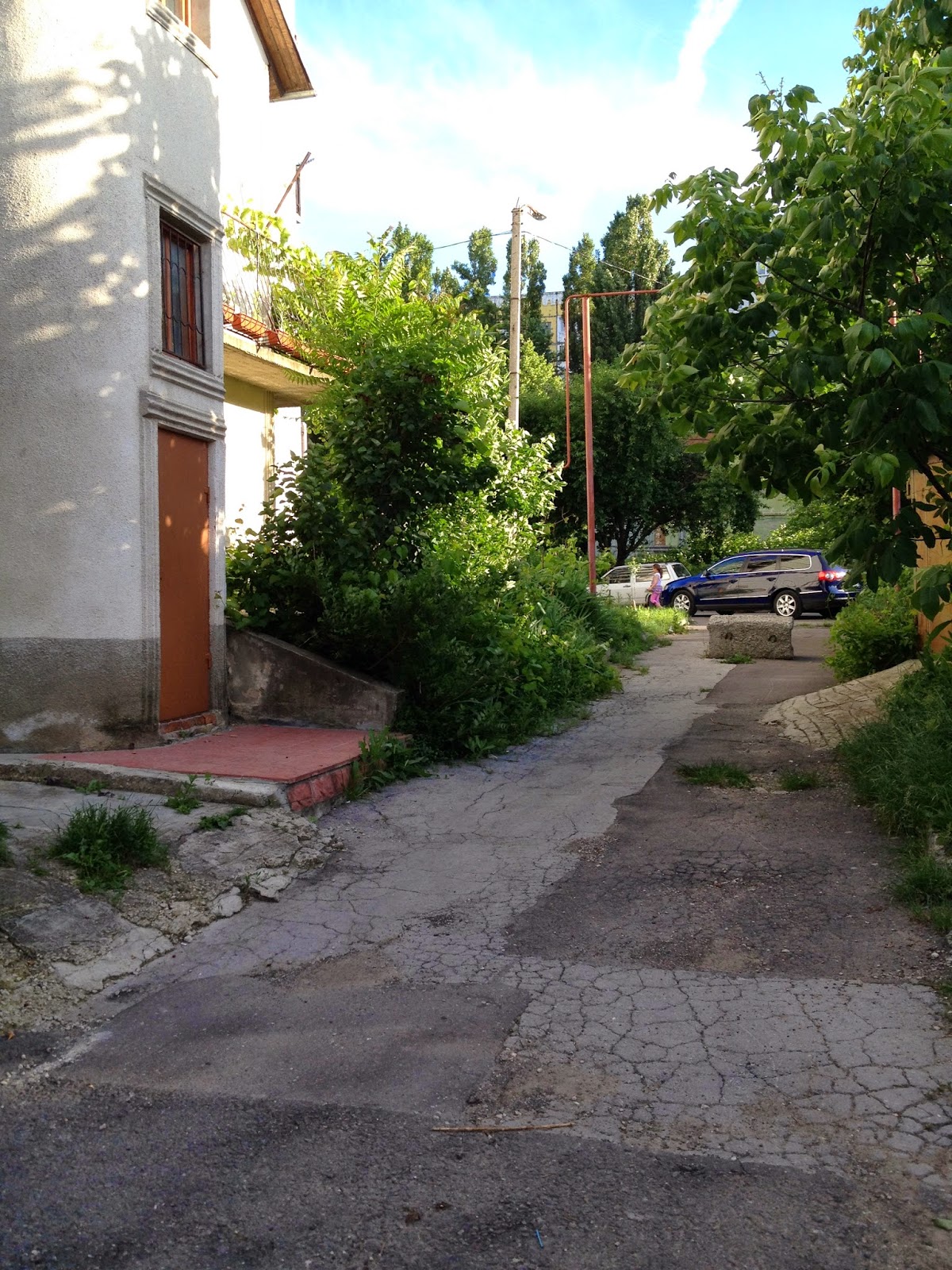Hi, I decided to launch a new blog that would be able to encompass my post-Soviet travels and replace the venerable Adventures in Bessarabia. Since I’m going to be traveling outside of Moldova this summer, it didn’t seem to make sense to post my thoughts on Armenia a blog named after the historic name for a chunk of land that makes up most of present-day Moldova.
I picked the name Born in the USSR not because I was born in the USSR (I was born in Scottsdale) but because as a wannabe historian of the Soviet Union the phenomena that interest me most here are Soviet legacies. On the blog I hope to talk about ideas, places, people, and things that were literally born in the USSR and explore their fates in this brave new(ish) world. The fact that there is a great song by the Russian band DDT called “Born in the USSR” (“Рожденный в СССР”) is just icing on the cake.
So what brings me to the former Soviet Union? Glad you asked. (Okay, you didn’t ask, but I’m going to tell you anyways). This time around I’m doing summer archival research in Armenia and Moldova for a project entitled “Soviet Identity and Monuments to the Great Patriotic War in the Armenian and Moldovan SSRs.” I’ll be posting about my adventures in the archives soon enough.
For the last two and a half weeks, I’ve been living in Chisinau, the capital city of Moldova. For those of you scratching your heads over the pronunciation of this Moldovan Romanian name, it’s KEESH-i-now. You may have seen “Kishinev” as well, the Russian variant. (The airport code is still based on the old name—KIV.)
Readers of my previous blog may remember that I lived in the town of Comrat in the south of Moldova. Comrat may be called a city (город) in Russian, but it’s really a small town masquerading as a city. Most people still keep chickens and have kitchen gardens. Chisinau, however, is actually a proper city with a population over 600,000.
Readers of my previous blog may remember that I lived in the town of Comrat in the south of Moldova. Comrat may be called a city (город) in Russian, but it’s really a small town masquerading as a city. Most people still keep chickens and have kitchen gardens. Chisinau, however, is actually a proper city with a population over 600,000.
The architecture of Chisinau was best described by my government professor as “unreconstructed Soviet.” Sadly, this is mostly correct. There are some very interesting buildings in the city, such as an ethnographic museum that was built in the tsarist era to mimic Central Asian architecture.
However, the mostly Khrushchev- and Brezhnev-era buildings, such as the Opera and Ballet Theater are distinctly uninspired.
 |
| Chisinau Ethnographic Museum |
 |
| It’s like someone said, hey, this architectural design—it could be more boxy! Image from Wikipedia |
Much of the city was destroyed in the war, and that meant it had the misfortune to be rebuilt in an era when Soviet architects were instructed to eliminate “extravagance in design and construction” as Khrushchev declared in 1957. The one thing city planners definitely did right, however, was to put parks and trees all over the city. The Soviet-era slogan for Chisinau was “the greenest city” (самый зелёны город) and the omnipresence of large, graceful trees lends the city center a sleepy charm.
 |
| This statue of medieval Moldovan leader Stefan cel Mare stands at the entrance to one of Chisinau's many parks. |
Even sleepier is my section of the city, called Telecentru. As I learned today from a friendly archivist, Telecentru was considered one of the most elite and expensive parts of the city in Soviet times. Because there were no smelly factories built in this part of Chisinau, which is practically a suburb anyways, it was prime real estate. Moreover, Telecentru is also the location of a significant part of the Moldovan Academy of Sciences and affiliated institutions. Their school is right down the street from me, and I’m in easy walking distance of the National Archives. Living here, I'm roughly the same distance from the Academy of Sciences as I normally am from the American Academy of Sciences in Cambridge.
I was surprised to hear of Telecentru’s elite status because my building certainly isn’t fancy at all, but upon further reflection, I do have to say that I enjoy living here quite a lot.
It’s almost like a village that got swallowed up by a city.
There are large trees everywhere and courtyards with kids and lazy cats.
I was surprised to hear of Telecentru’s elite status because my building certainly isn’t fancy at all, but upon further reflection, I do have to say that I enjoy living here quite a lot.
 |
| Our building and courtyard. |
It’s almost like a village that got swallowed up by a city.
 |
| Some of these trees have extremely sour cherries. Not that I know from personal experience or anything. |
There are large trees everywhere and courtyards with kids and lazy cats.
So this is where I’ll be for the next two weeks or so. Then it’s off to Yerevan!
